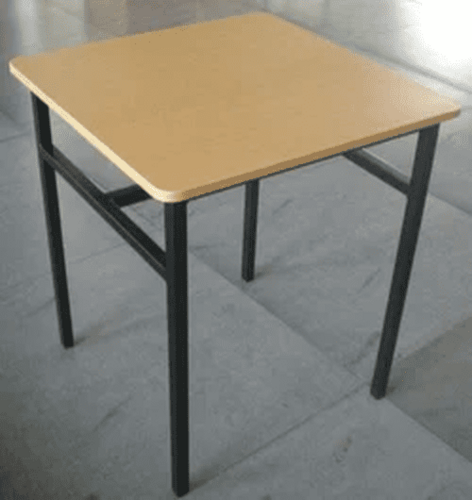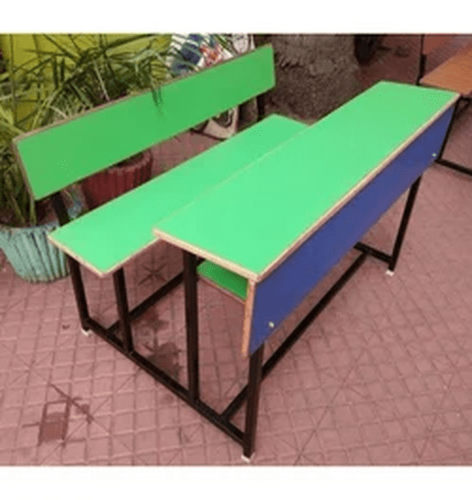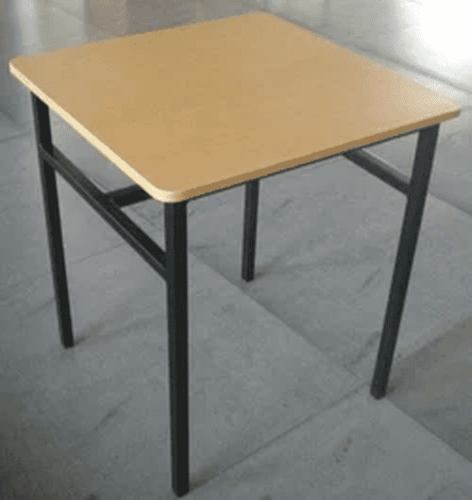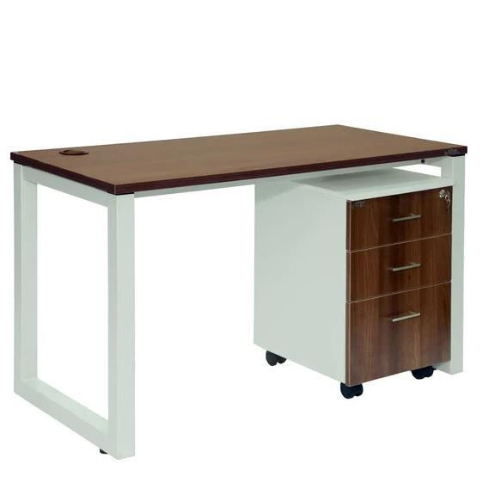Hospital cots
Product Details:
Hospital cots Price And Quantity
- 4500.00 INR/Piece
- 50 Piece
- 4500.00 - 5500.00 INR/Piece
Hospital cots Trade Information
- Days
Product Description
Hospital beds are specialized beds designed for use in healthcare settings, particularly in hospitals, clinics, and other medical facilities. These beds are equipped with features that cater to the needs of patients and healthcare providers, ensuring comfort, safety, and ease of care. Here are some common features and types of hospital beds:
1. Adjustable Height
- Hospital beds often have adjustable height settings, allowing healthcare providers to easily access and care for patients at a comfortable working height.
2. Adjustable Head and Foot Sections
- The head and foot sections of the bed can be raised or lowered independently. This feature provides flexibility for patients to find a comfortable position for activities such as eating, reading, or watching television.
3. Side Rails
- Many hospital beds come with side rails that can be raised or lowered. Side rails provide support for patients, helping prevent falls, and can be lowered for easy access to the patient.
4. Bed Wheels or Casters
- Hospital beds are often equipped with wheels or casters, making it easier to move the bed within the healthcare facility for procedures or patient transfers.
5. Electronic Controls
- Some modern hospital beds feature electronic controls, allowing healthcare providers to adjust the bed's settings with ease. This includes adjustments to height, head and foot positions, and sometimes additional features like patient weight sensing.
6. Mattress Options
- Hospital beds typically use specialized mattresses designed to distribute pressure evenly, preventing bedsores. These mattresses may have features such as alternating pressure or low air loss for patient comfort.
7. Built-in Scales
- Some hospital beds come with built-in scales, allowing healthcare providers to monitor a patient's weight without the need for a separate weighing device.
8. Trendelenburg and Reverse Trendelenburg Positions
- Certain hospital beds can be positioned in Trendelenburg (head down, feet up) or reverse Trendelenburg (head up, feet down) positions, which may be beneficial for certain medical procedures or patient conditions.
9. Pediatric Hospital Beds
- There are specialized hospital beds designed for pediatric patients. These beds are typically smaller in size and may come with colorful designs to create a more child-friendly environment.
10. Bariatric Hospital Beds
- Bariatric hospital beds are designed to accommodate larger and heavier patients. They have a higher weight capacity and wider dimensions for increased comfort and safety.
Hospital beds are crucial for patient care and rehabilitation, providing a supportive and adjustable environment for individuals receiving medical treatment. The specific features of hospital beds can vary based on the model and intended use.

Price:
- 50
- 100
- 200
- 250
- 500
- 1000+
Other Products in 'College Furniture' category
 |
S. R. ENGINEERING WORKS
All Rights Reserved.(Terms of Use) Developed and Managed by Infocom Network Private Limited. |
 Send Inquiry
Send Inquiry





